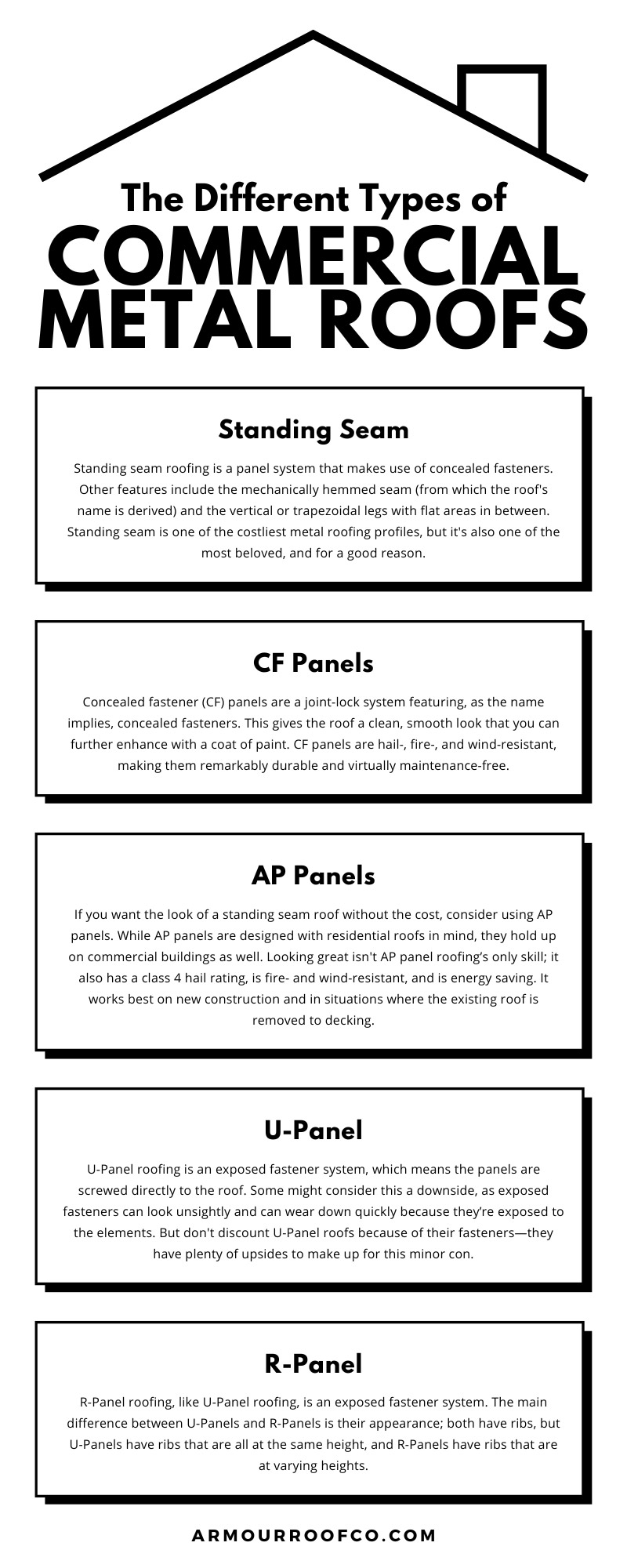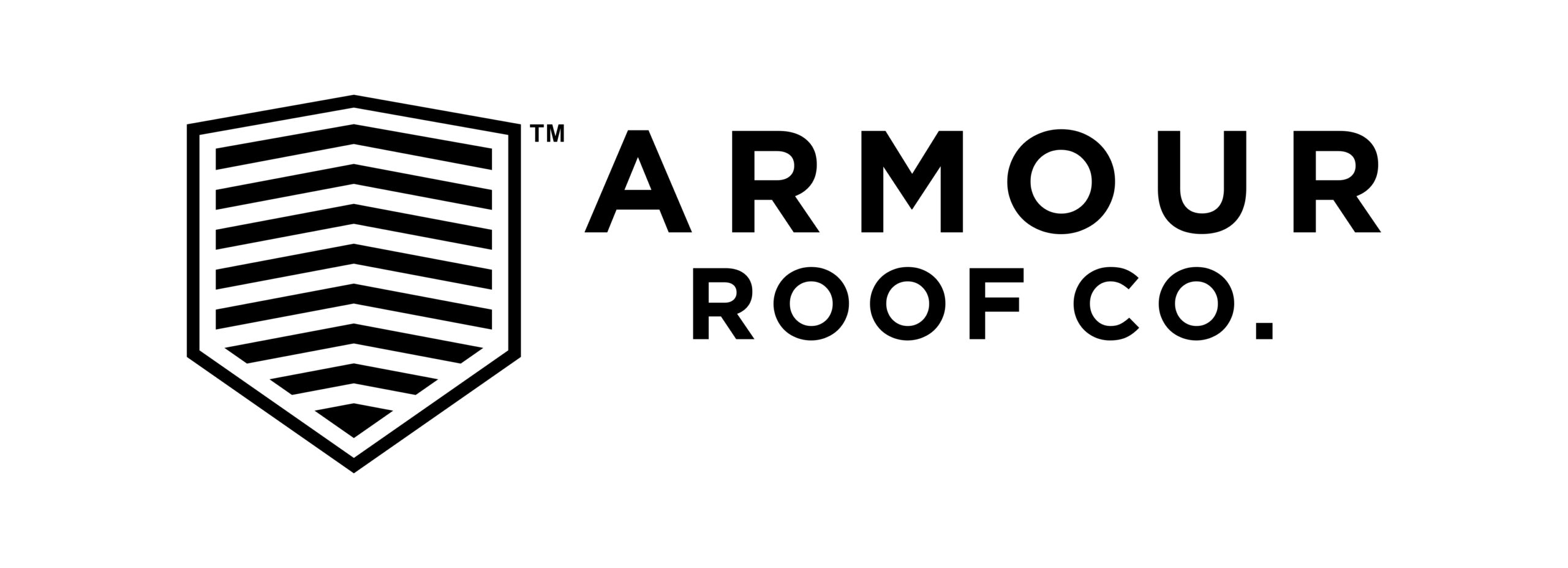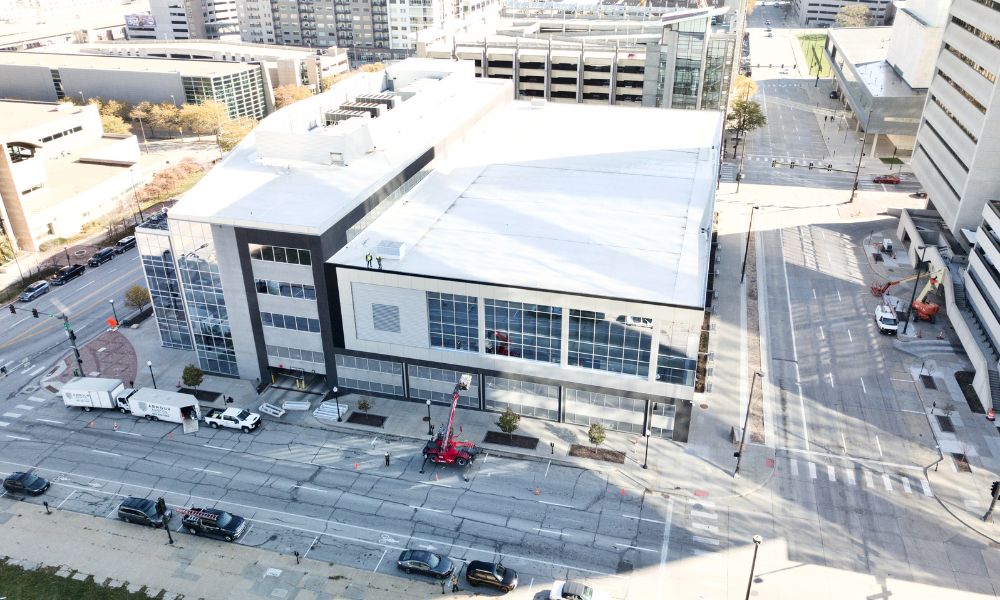Metal roofing is a favored choice for commercial construction thanks to its clean, sleek appearance, unwavering durability, and game-changing sustainability. If you’re considering a metal roof for your commercial facility, you may be overwhelmed by how many options are available to you. Many assume the switch to metal roofing is as simple as screwing a hunk of metal atop your facility, but you actually have several choices in terms of the material and installation method of your new roof—and these choices play a big role in how your roof looks and functions!
In this guide to variations in commercial metal roofs, we’ll introduce you to some of the main material and profile options and offer advice on how to choose. Let’s get started.

Metal Roof Materials
Commercial metal roofs come with various material options, including:- Stainless steel
- Copper
- Aluminum
- Zinc
- Painted metal sheets
- Coated steel
- Galvanized steel
Metal Roof Profiles
In addition to the material, you also have various profile options for your commercial metal roof. The profile, in short, is what the roof looks like. The profile also has bearing on how the roof is installed. There are five main profiles for commercial metal roofs. We go over the five different types of commercial metal roofs and their pros and cons below.Standing Seam
Standing seam roofing is a panel system that makes use of concealed fasteners. Other features include the mechanically hemmed seam (from which the roof’s name is derived) and the vertical or trapezoidal legs with flat areas in between. Standing seam is one of the costliest metal roofing profiles, but it’s also one of the most beloved, and for a good reason. Because this profile uses concealed fasteners, the fasteners are protected from the elements. Many standing seam roofs utilize a clamp system, which means there are no holes or fasteners for water to seep in through. This makes standing seam roofs extremely weather-resistant, durable, and long-lasting. They’re also fire-resistant, energy-efficient, and generally low maintenance.CF Panels
Concealed fastener (CF) panels are a joint-lock system featuring, as the name implies, concealed fasteners. This gives the roof a clean, smooth look that you can further enhance with a coat of paint. CF panels are hail-, fire-, and wind-resistant, making them remarkably durable and virtually maintenance-free.AP Panels
If you want the look of a standing seam roof without the cost, consider using AP panels. While AP panels are designed with residential roofs in mind, they hold up on commercial buildings as well. Looking great isn’t AP panel roofing’s only skill; it also has a class 4 hail rating, is fire- and wind-resistant, and is energy saving. It works best on new construction and in situations where the existing roof is removed to decking.U-Panel
U-Panel roofing is an exposed fastener system, which means the panels are screwed directly to the roof. Some might consider this a downside, as exposed fasteners can look unsightly and can wear down quickly because they’re exposed to the elements. But don’t discount U-Panel roofs because of their fasteners—they have plenty of upsides to make up for this minor con. U-Panel roofing is traditionally made from 26-gauge commercial grade steel. This is heavier than the material used in other profiles. The extra heft means U-Panel roofing is stronger and can take more abuse from the elements than most. Another huge benefit of U-Panel roofing is that, in most cases, you can install it directly on top of an existing roof. This will save you a great deal of time and money. Finally, like other roof profiles, U-Panel roofing is designed to withstand hail, fire, and wind, and it requires minimal maintenance to remain in good condition.R-Panel
R-Panel roofing, like U-Panel roofing, is an exposed fastener system. The main difference between U-Panels and R-Panels is their appearance; both have ribs, but U-Panels have ribs that are all at the same height, and R-Panels have ribs that are at varying heights. Generally, U-Panels are preferable for commercial buildings and R-Panels are preferable for residential buildings. But that isn’t to say you can’t use R-Panel roofing on a commercial building. This profile works especially well on smaller commercial buildings. One benefit of R-Panel roofing is the wide array of colors available, which can give your building an eye-catching design. R-Panels also have a robust construction and can stand up to the elements just as well as other profiles. R-Panel roofs are also readily available; other roof types take time to procure, but you can get your hands on an R-Panel system almost immediately. All the profiles listed above are weather-resistant, durable, long-lasting, and aesthetically pleasing; ultimately, the choice between them comes down to the minor details.How To Choose
There’s no one-size-fits-all option for metal roofing. When selecting a material and profile for your new commercial metal roof, there are various factors you need to consider, such as the slope of your roof, your desired style, the environment and climate where your facility is based, and the amount of maintenance you’re willing to undertake, among other things. If you’re struggling to come to a decision, reach out to a professional for advice. A professional roofer will be able to assess your current roof, the needs of your facility, and your desired price range and formulate a solution that works for you. If you need assistance with commercial metal roofing, Armour Roof Co. is the one to call. We have years of experience installing, maintaining, coating, and restoring various types of metal roofs and are a friendly, responsive crew who will ensure your questions are answered promptly and that you’re kept in the loop on your project. Contact us today for a quote or to discuss our metal roof restoration services in Omaha.




